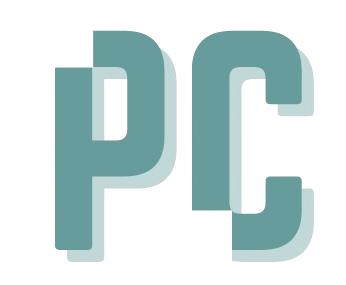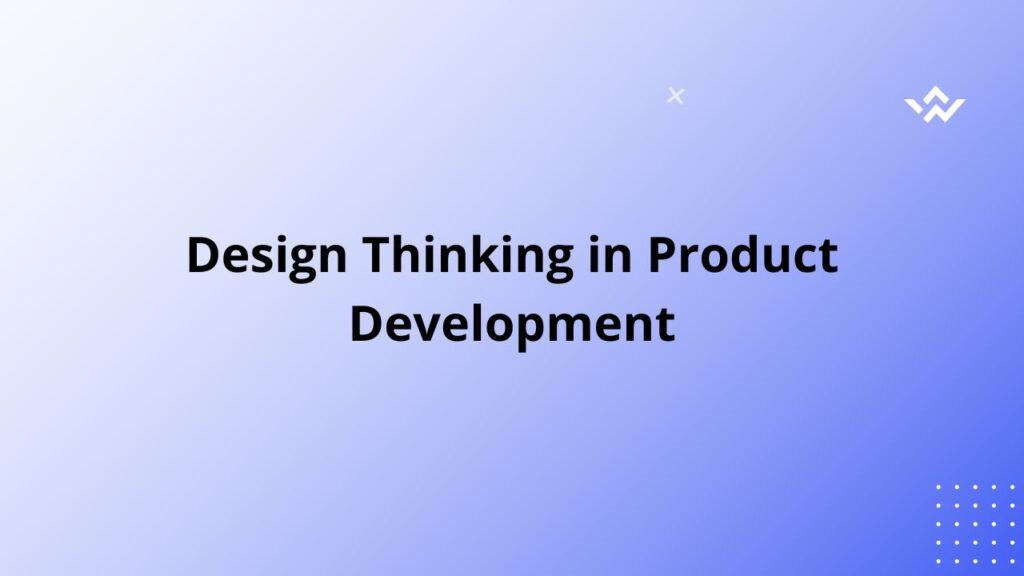In today’s fast-paced world, businesses need to create products that are not only functional but also deeply resonate with users. Design Thinking is a problem-solving approach that helps teams build innovative, user-centric products by understanding real human needs. In this blog, we’ll explore the Design Thinking process, its benefits, and how you can apply it in product development.
What is Design Thinking?
Design Thinking is a human-centered approach to innovation that focuses on empathizing with users, defining problems, brainstorming ideas, prototyping solutions, and testing them iteratively. This method enables teams to create meaningful and effective products that solve real problems.
Key Principles of Design Thinking:
-
User-Centric Focus – Design products based on real user needs.
-
Iterative Process – Continuous testing and refinement.
-
Cross-Disciplinary Collaboration – Involving different perspectives.
-
Emphasis on Creativity – Encourages innovation and experimentation.
-
Rapid Prototyping – Quickly turning ideas into testable solutions.
The Five Stages of Design Thinking
1. Empathize – Understand User Needs
The first step is to deeply understand your users. Conduct interviews, observe behaviors, and gather insights about their pain points.
🔹 Methods: User interviews, surveys, ethnographic research
2. Define – Frame the Problem
Once you’ve gathered insights, clearly define the problem your product will solve. A well-defined problem statement ensures alignment within the team.
🔹 Example: Instead of saying, “We need a better shopping app,” refine it to “Users struggle to find personalized product recommendations quickly.”
3. Ideate – Generate Creative Solutions
Brainstorm multiple ideas without limitations. Encourage diverse perspectives and creative solutions before selecting the best ones.
🔹 Methods: Brainstorming, mind mapping, SCAMPER technique
4. Prototype – Build a Minimum Viable Solution
Create quick, low-cost prototypes to test with real users. These prototypes can be wireframes, interactive mockups, or even simple paper sketches.
🔹 Tools: Figma, Adobe XD, Sketch, Prototyping kits
5. Test – Validate and Iterate
Test prototypes with users, collect feedback, and refine your solution based on their reactions. This step may lead to further iterations or even rethinking the problem.
🔹 Methods: A/B testing, usability testing, feedback surveys
Why Use Design Thinking in Product Development?
✅ Better User Experience – Ensures the final product meets user needs. ✅ Faster Innovation – Encourages quick iterations and creative problem-solving. ✅ Reduces Risks – Testing early helps avoid costly mistakes. ✅ Improved Team Collaboration – Brings together diverse ideas and expertise. ✅ Increases Product Success Rate – Creates products that truly solve user pain points.
Real-World Examples of Design Thinking
1. Airbnb:
-
The founders discovered that poor-quality photos hurt bookings.
-
They manually took better photos for hosts, leading to higher engagement and revenue growth.
2. Apple:
- Focused on user-friendly design with the iPhone, leading to widespread adoption and customer loyalty.
3. IBM:
-
Used Design Thinking to revamp its enterprise software, improving usability and customer satisfaction.
-
How to Implement Design Thinking in Your Product Development Process
-
Engage with Users – Start with research to understand pain points.
-
Clearly Define the Problem – Focus on solving a real challenge.
-
Encourage Open Ideation – Allow creative brainstorming without limitations.
-
Prototype Rapidly – Don’t wait for perfection—test ideas quickly.
-
Gather Feedback & Iterate – Keep refining based on real user responses.
Final Thoughts
Design Thinking is not just for designers—it’s a mindset that empowers product teams to create impactful, user-centric solutions. By following this approach, businesses can build products that truly resonate with users, solve meaningful problems, and drive innovation.
Are you using Design Thinking in your product development process? Share your experiences in the comments!



